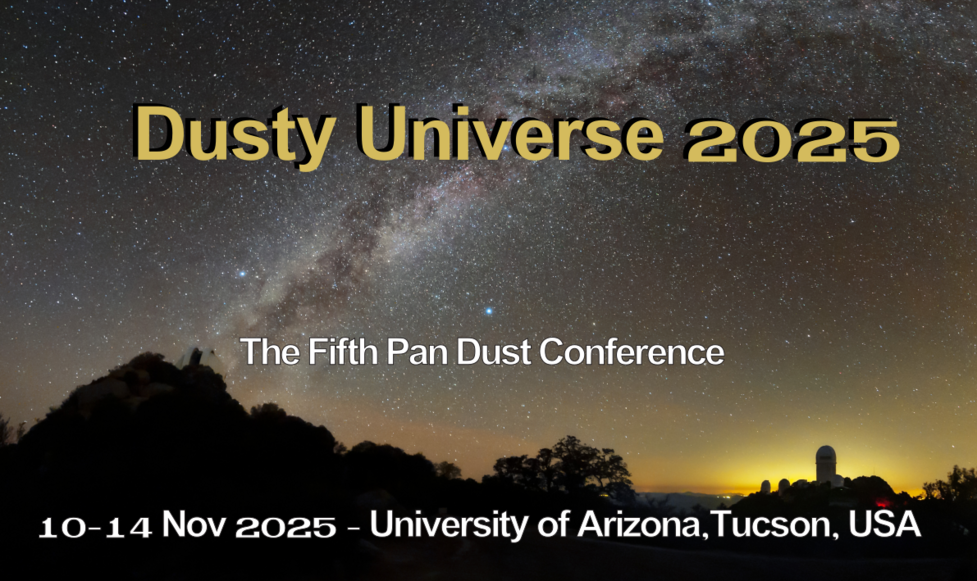We present results from two sets of long-duration microgravity and laboraratory experiments, mimicking the first dust-growth processes in protoplanetary disks (PPDs), namely those caused by Brownian motion and grain drift, respectively. In both experimental setups, micron‐sized silica grains are levitated in a low‐pressure gas atmosphere and are allowed to collide at relative velocities of < 1 mm/s (for Brownian motion) and order 1 cm/s (for drift motion) under conditions emulating those in PPDs. The growing fractal aggregates were observed in situ by high-resolution optical and light-scattering diagnostics, while periodic sampling in the laboratory experiment provided additional information. To interpret these data, we developed a Monte Carlo collision model that explicitly tracks aggregate growth and constructed a complementary mean‐field growth framework incorporating mass‐independent gas‐grain coupling and collision cross sections proportional to aggregate mass. Both modeling approaches reproduce the observed increase in aggregate mass and fractal geometry. In the microgravity experiment, initial grain charging plays a role in speeding up the growth process, but quickly becomes unimportant due to mutual charge neutralization. Finally, by scaling our laboratory and simulation results to protoplanetary‐disk parameters, we constrain the timescales and size distributions expected during the Brownian motion- and drift‐dominated phases of pebble formation. Our combined experimental, light‐scattering, and modeling studies provide new quantitative benchmarks for dust‐aggregate growth in early disk evolution. An outlook into a new scaled-up experiment, currently under construction, will be given. With this new setup, we will be able to measure the onset of collsional restructuring during the drift-phase growth, which, in turn, provides constraints of the maximum pebble sizes achievable in PPDs.

|
|
|
|
New experiments on the growth of dust aggregates in young protoplanetary disks
1 : TU Braunschweig
2 : University of Amsterdam
3 : CNRS Orleans
* : Corresponding author
CNRS
|
 PDF version
PDF version
